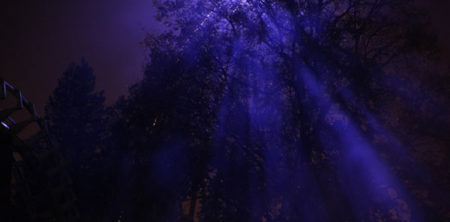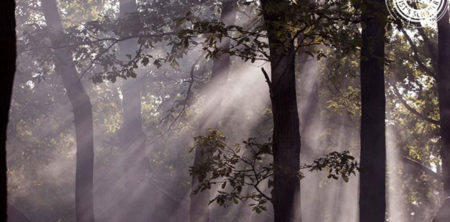Whether at a concert, at the theatre, a show, a trade fair or in a nightclub: fog effects can be a true pièce de résistance, intensifying the atmosphere generated by light FX like lasers. But what kinds are there? What defines a good piece of kit, and what are the challenges of operating the equipment? Benjamin Stocklöw from Fog, Smoke & Haze Factory GmbH has made himself available to Prolight + Sound Blog to answer these very questions.
What types of fog are there?
First of all, you have to distinguish between smoke and fog. Smoke consists of solid particles that float in the air, produced using smoke powder or cartridges. Fog and haze consist of liquid droplets produced by vaporisation. The advantage here is that the vaporisation method used correctly is completely free of health risks. Broadly speaking, the difference between haze and fog is the size of the droplets, and consequently also the density of the fog or haze that you produce.
Where are fog and haze used?
Everywhere where lighting effects are used, that’s where you use hazers or fog machines as well. Beams of light have to strike something in order to be visible, which in nearly all cases means haze or fog. Haze is used in every concert that has a light show. Fog on the other hand is used more as an effect in its own right.
What are the key characteristics of a good fog machine?
Exact and uninterrupted temperature regulation is what makes a good fog machine. That’s the only way to ensure clean vaporisation of the fluid. A basic thermal cutoff is no guarantee for that. And there’s also energy efficiency. A heating element that constantly gives off massive amounts of heat, only to start reheating in the very moment that the machine is supposed to produce fog, and can’t produce anything, is useless.
What challenges are posed by producing fog effects for the stage or at events?
Depending on the location of the event, outside influences can have a massive impact on the fog’s behaviour. At an open-air event, a single gust of wind can blow an entire bank of haze away from the stage, and you can say goodbye to the light show. You really need to keep it coming, and quickly, which is why generally speaking, you use bigger machines or at least more of them at open-air events than you do at a comparable indoors one. But even indoors, something like a powerful air-conditioning system can make life hard for the lighting technician. Fog effects – just like light and sound – have to be adapted to every venue.
Thank you very much!
Impressions of the Smoke Factory
Halloween at Heide Park Soltau



Mayday Festival

“Draußen ist’s schöner” Open Air


Sunburn Festival

Picture sources: Smoke Factory






